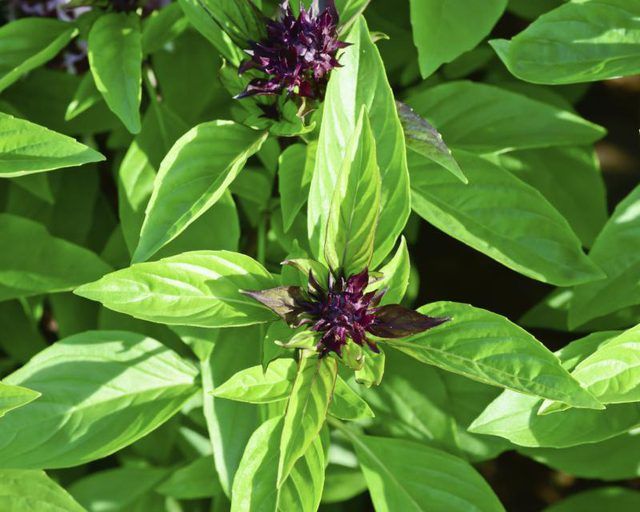Bulbs
Flower Basics
Flower Beds & Specialty Gardens
Flower Garden
Garden Furniture
Garden Gnomes
Garden Seeds
Garden Sheds
Garden Statues
Garden Tools & Supplies
Gardening Basics
Green & Organic
Groundcovers & Vines
Growing Annuals
Growing Basil
Growing Beans
Growing Berries
Growing Blueberries
Growing Cactus
Growing Corn
Growing Cotton
Growing Edibles
Growing Flowers
Growing Garlic
Growing Grapes
Growing Grass
Growing Herbs
Growing Jasmine
Growing Mint
Growing Mushrooms
Orchids
Growing Peanuts
Growing Perennials
Growing Plants
Growing Rosemary
Growing Roses
Growing Strawberries
Growing Sunflowers
Growing Thyme
Growing Tomatoes
Growing Tulips
Growing Vegetables
Herb Basics
Herb Garden
Indoor Growing
Landscaping Basics
Landscaping Patios
Landscaping Plants
Landscaping Shrubs
Landscaping Trees
Landscaping Walks & Pathways
Lawn Basics
Lawn Maintenance
Lawn Mowers
Lawn Ornaments
Lawn Planting
Lawn Tools
Outdoor Growing
Overall Landscape Planning
Pests, Weeds & Problems
Plant Basics
Rock Garden
Rose Garden
Shrubs
Soil
Specialty Gardens
Trees
Vegetable Garden
Yard Maintenance
How to Grow Thai Basil
How to Grow Thai Basil. A licorice- and clove-infused variety of the annual sweet basil (Ocimum basilicum) used to spice up many tomato-based dishes, Thai basil (Ocimum basilicum var. thyrsiflora) finds its way into curries, stir fries and other Asian specialties. Boasting maroon-stemmed, glossy-green leaves and blue-violet blossoms attractive...

A licorice- and clove-infused variety of the annual sweet basil (Ocimum basilicum) used to spice up many tomato-based dishes, Thai basil (Ocimum basilicum var. thyrsiflora) finds its way into curries, stir fries and other Asian specialties. Boasting maroon-stemmed, glossy-green leaves and blue-violet blossoms attractive enough to grace flower arrangements, Thai basil grows equally well as a garden or container plant.
Sun and Soil
Thai basil plants do best with at least six to eight hours of daily sun. For the most vigorous garden plants, choose a well-drained, fertile site with a soil pH between 6.0 and 7.0. Amend the soil before planting by working a 2- to 3-inch layer of organic, well-aged compost worked into its 6 to 8 inches. soil Expect to use between 60 and 90 pounds of compost for each 10 square feet of soil. Space the plants 10 to 12 inches apart.
Grow potted Thai basil in a dark plastic container with multiple drainage holes. An 8-inch lettuce bowl or 6-inch pot has room for a single plant. A commercial, sterilized, soilless potting mix containing organic compost or peat provides the light texture and good drainage a container basil needs.
Fertilizing Frequency
Adding compost at planting time provides garden Thai basil with the necessary nutrients for the entire growing season. A container plant, however, needs regular fertilizing to compensate for the nutrients rain and watering leach from its potting mix.
Fertilize plants every three weeks with a half-strength dose of micronutrient-enriched, 12-4-8 liquid houseplant food. One manufacturer recommends a solution of 2 teaspoons of fertilizer in 1 gallon of water; reduce that to 1 teaspoon for Thai basil. Always follow label recommendations for the amount and frequency of fertilizer applications.
When to Water
One inch of weekly water through the growing season keeps a garden plant healthy. More increases its risk of root rot. In loose, well-draining soil, 1 inch amounts to roughly 6 gallons for each 10 square feet.
A rain gauge helps determine when to water. If, at the week's end, it registers less than 1 inch, provide enough supplemental water to make up the difference. If the gauge holds 3/4 inch of water, for example, provide 1 1/2 gallons of water for every 10 square feet of soil.
Potted Thai basil dries out quickly. To test it, insert a finger into the top 1 inch of potting soil. If it feels dry, water the plant until liquid runs from its drainage holes. During summer, the plant may need watering twice a day.
Pruning for the Kitchen
Thai basil leaves are at their fragrant, flavorful best just as flower buds emerge. If the plant is between 6 and 8 inches tall, it's large enough to harvest for the kitchen.
Take the number of stems or leaves you need by pinching them off directly above another set of leaves. Work in the early morning after the dew has dried from the leaves, and be sure to leave at least three sets of leaves on each stem.
Pinch the leaves or stems off between your thumb and forefinger, or remove them with clean, sharp stem clippers. If you use clippers, disinfect them between cuts in rubbing alcohol to avoid spreading disease.